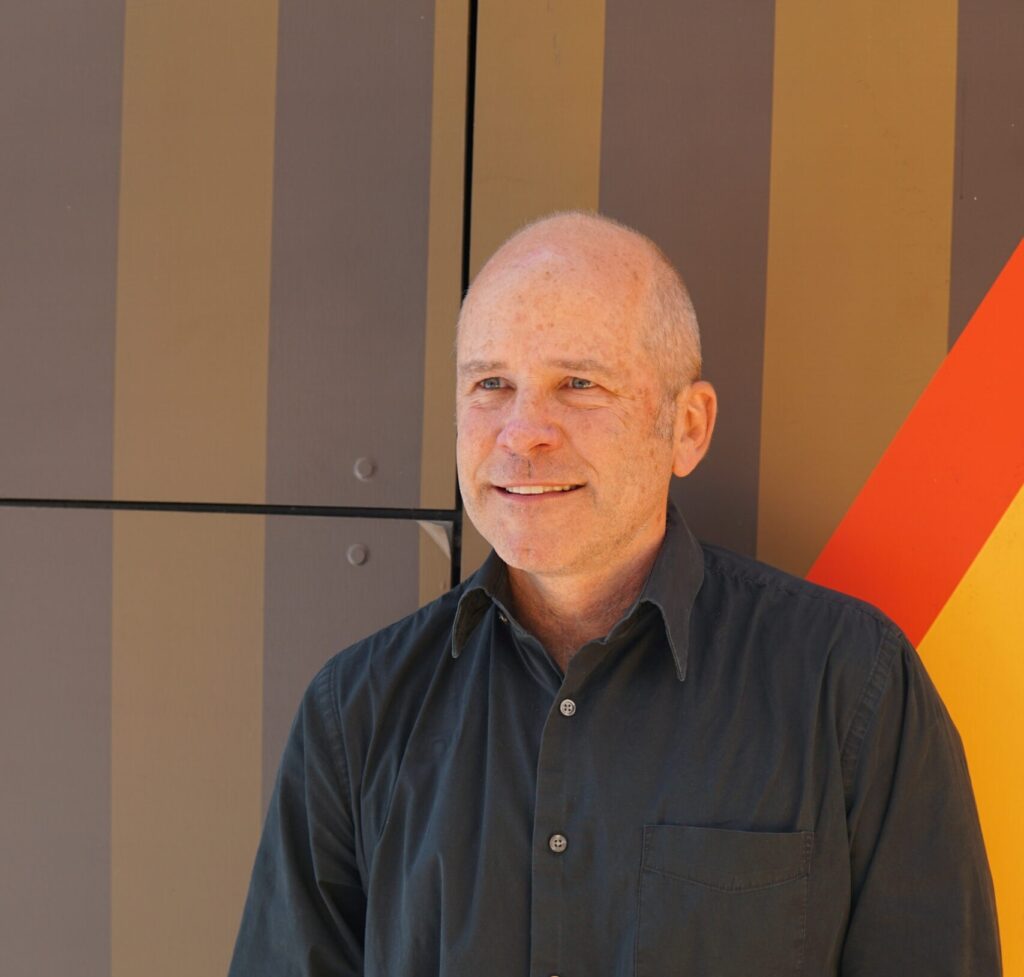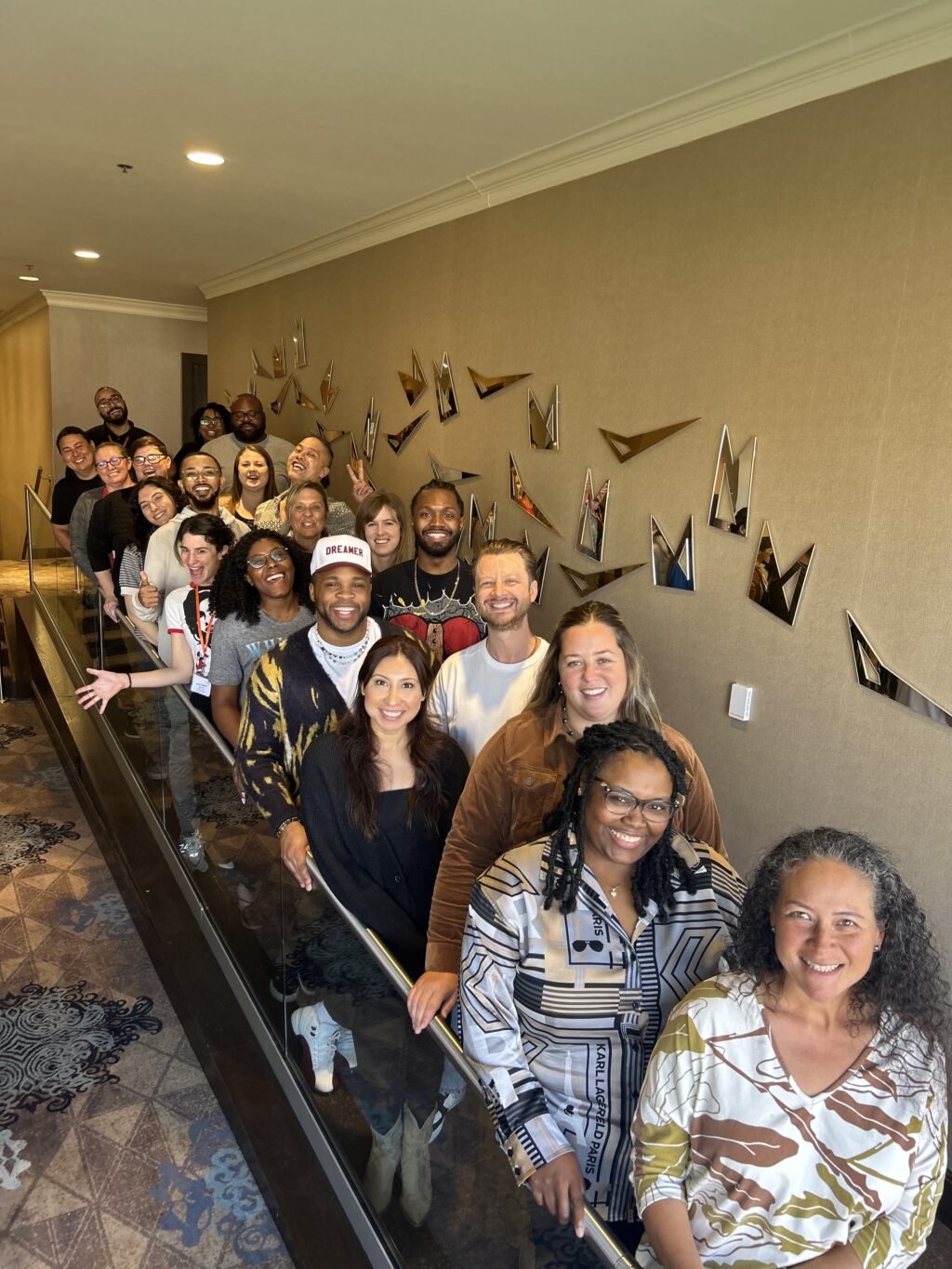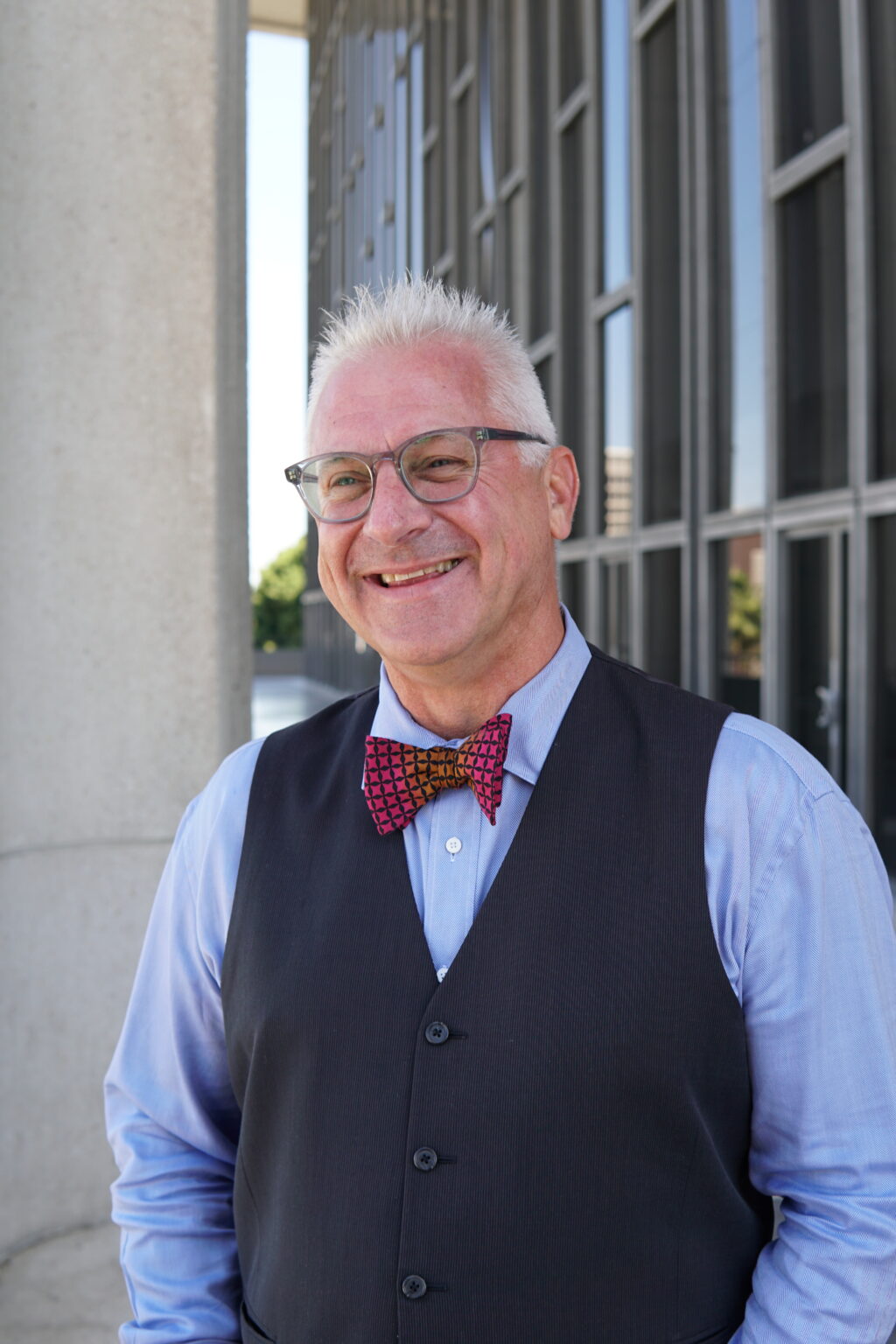To continue growing the field of employment social enterprises (ESEs) nationally, we need to think locally. And in one California county, we’ve been testing a program to help local social entrepreneurs build ESEs from the ground up.
Over the past year and a half, I’ve designed and managed the Santa Clara County Regional Initiative for Social Enterprise (SCC:RISE) program, in partnership with the Office of Diversion and Reentry Services of Santa Clara County, created to help organizations build businesses that employ and provide support for people returning from incarceration.
This past spring, we graduated our first cohort of organizations from the SCC:RISE Incubator. And along the way, we’ve learned a ton, and are eager to build on these early successes!

Here’s an overview of the program and the top lessons we’re taking with us — and if you’re a community leader passionate about cultivating new social impact businesses in your neighborhood, these lessons may be of use to you, too!
The SCC:RISE Program Structure
SCC:RISE was REDF’s first foray into launching new ESEs versus supporting existing ones. We tested a two-pronged approach:
- Custom, High-Touch Technical Assistance
For three of the organizations we worked with, we were very hands-on. We helped assess the feasibility of specific ESE models and conduct local market and industry research based on the ESE ideas the community-based organizations had. - SCC:RISE Incubator Program
In addition, we also partnered with Nearby Consulting to offer facilitated curriculum and coaching to five community-based organizations, guiding them from business ideation through designing a pilot to test their ESE concept.
3 Key Lessons Learned From SCC:RISE
ESEs exist all around the world, but they really interact and thrive locally. The people they serve, their community partners, and even their customers are typically members of their community. I would love to see more place-based, local incubation of ESEs.
Reflecting on our learnings across both facets of programming, I would recommend that future iterations of place-based ESE incubation cohorts use a hybrid approach of collaborative research and recommendations:
1. Commit to the community
Spending time in the geography we’re serving is key to the success of place-based initiatives. Being on site and attending community events helped me understand the funding landscape, support services for the re-entry population, and the relationship between local government agencies and community-based organizations. This allowed me to make smarter recommendations to organizations launching new ESEs.
But understanding the community also extends into funding, too. Local foundations can offer a level of funding flexibility that our government funding partners may not be able to — stipends for cohort participation, for example. These foundations also have a deep knowledge of their local communities and can help incubator programs build trust with community partners. By braiding capital from foundations and the local government, we build a deeper connection to the community and give ourselves more flexibility to fund programming and seed new ventures.
2. Leverage industry expertise to provide concepts & conduct research
Many organization leaders in the SCC:RISE Incubator found business ideation a challenge — while they wanted to start an employment social enterprise, they didn’t know what kinds of projects to pursue. Industry experts can support here by offering a “menu” of promising models that scale well, provide solid wage progression, and require a realistic amount of startup capital regardless of geography.
Another place we can help? Conducting local market research. In some cases, this may look like (literally) knocking on doors to talk to potential customers. Industry experts like REDF are well equipped to provide this analysis for the recommended ESE models to assess business viability in the local market. Asking cohort members to do this kind of work themselves pulled them away from the elements of ESE development that they needed to do directly in-house.
3. Equip local leaders through a focused curriculum — and don’t over-coach!
With expert partners like REDF providing local market research and business ideation, cohort members can focus on the needs of participant workers and ensuring job fit, developing sales strategies and staffing plans, and designing feasibility experiments to test their ESE concepts. These are the components of the SCC:RISE Incubator that worked best. By allowing cohort members to focus efforts here with support from their peers and coaches, we can all drive a more concrete action plan to launch these ESEs.
We also learned the value of independence in this process. Much of the overall SCC:RISE resources went to one-to-one technical assistance for three community-based organizations. As we found, however, arms-length advisory is less effective for operationalizing a new business line – this must be done by the organizations themselves. By providing market research and industry recommendations up front, along with light-touch coaching for organizations to pilot their ESE concepts themselves, incubator programs can allocate more funding to program graduates to help seed their new ventures.
What’s next for SCC:RISE?
Congratulations to all our Incubator graduates:
We’re excited to support these graduates as they pursue the pilot stages of their social enterprises and continue to scale the business line generated from our one-on-one technical assistance.
What’s next in incubation for REDF? We will be testing the SCC:RISE curriculum again in Los Angeles this year through the Economic Mobility Initiative. The potential for growth in this field is immense, and I’m excited to see these programs flourish across the country! And stay tuned for more updates: REDF will continue to connect with communities across the US to consider more community-based public-private partnerships for ESE incubation.



